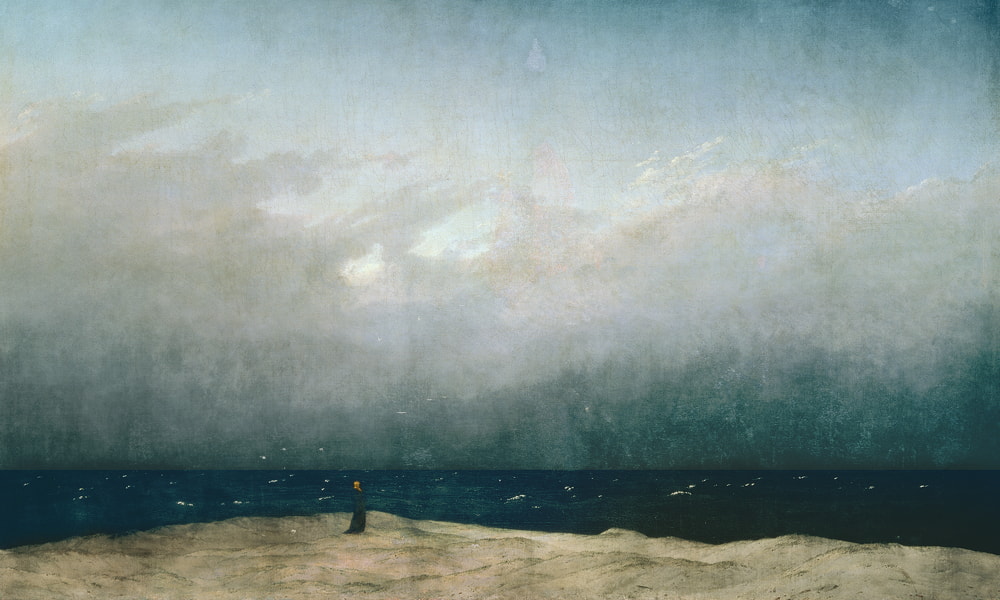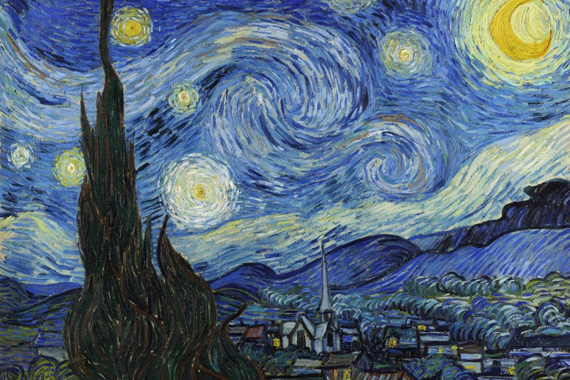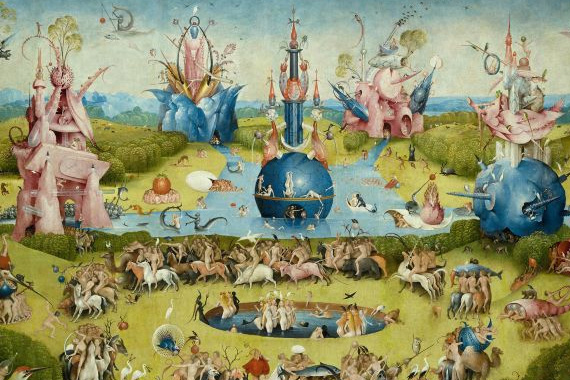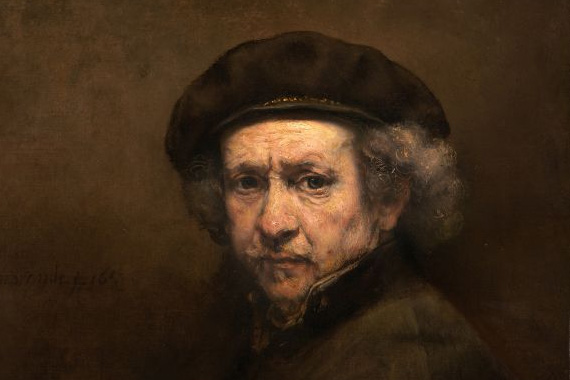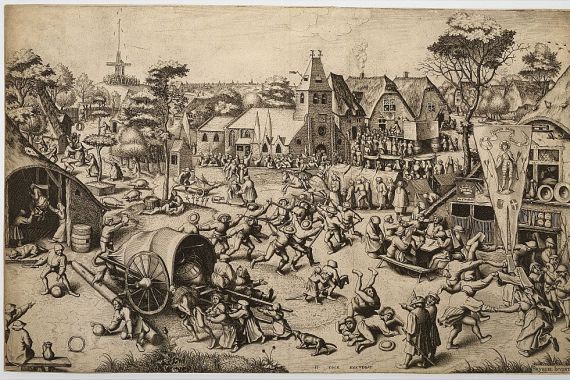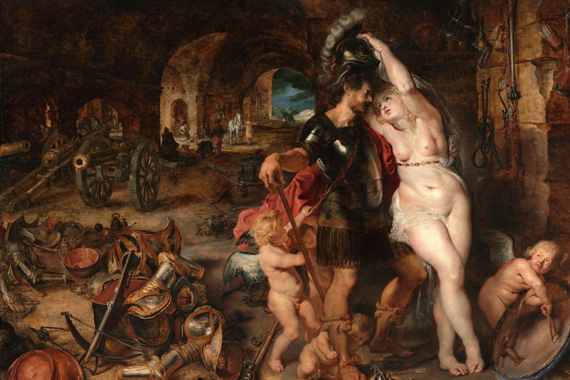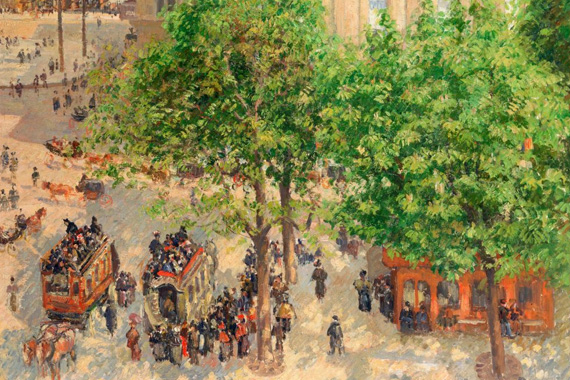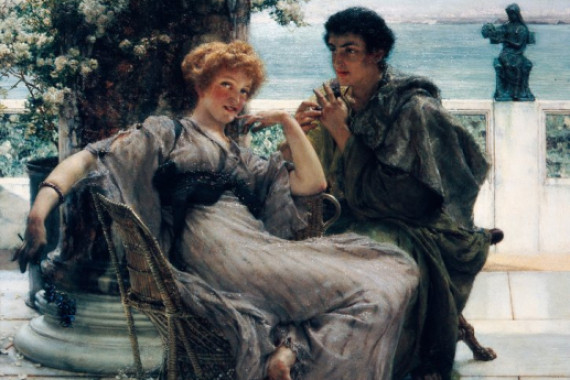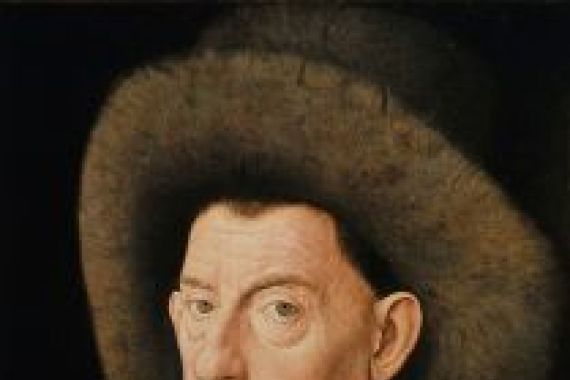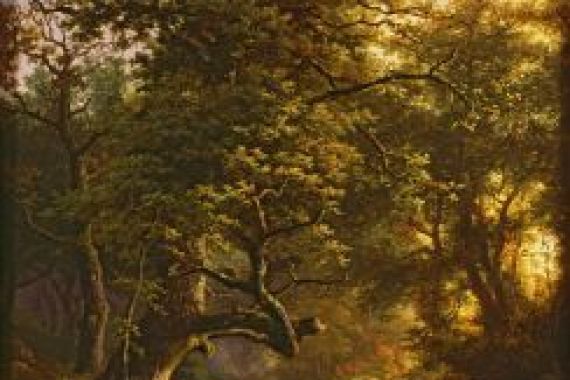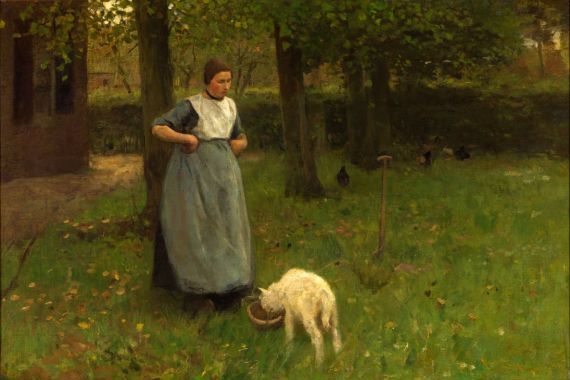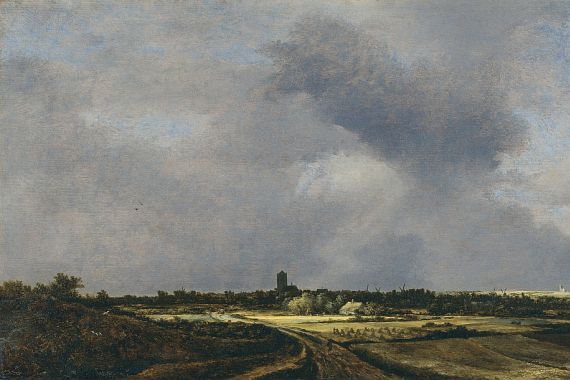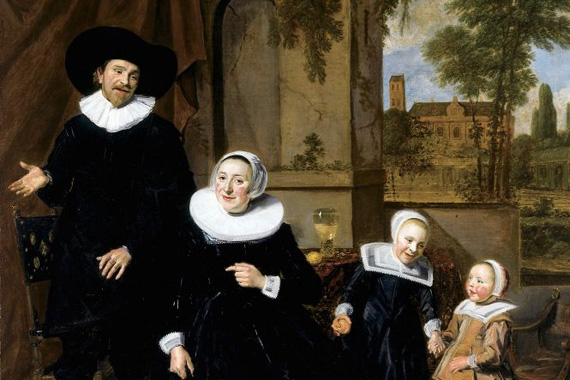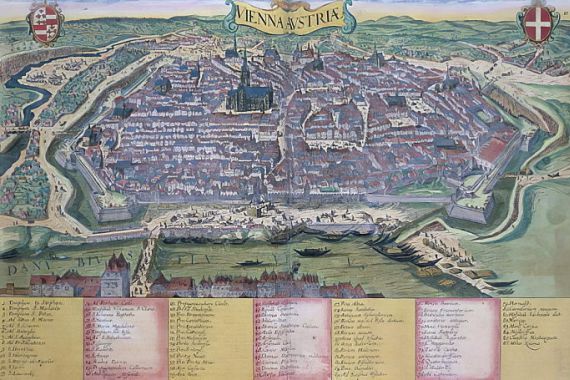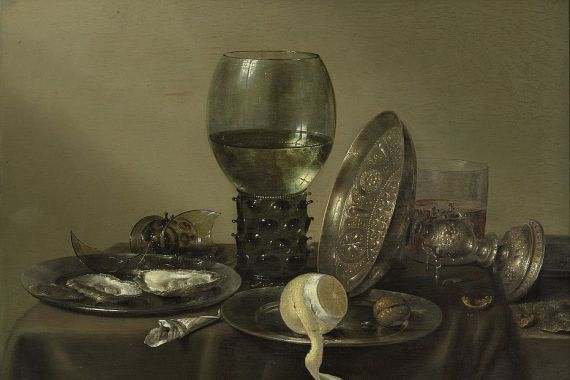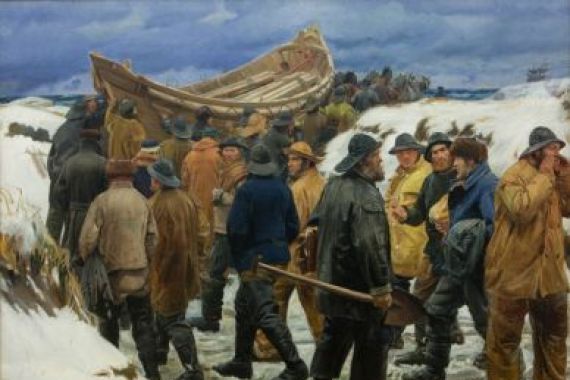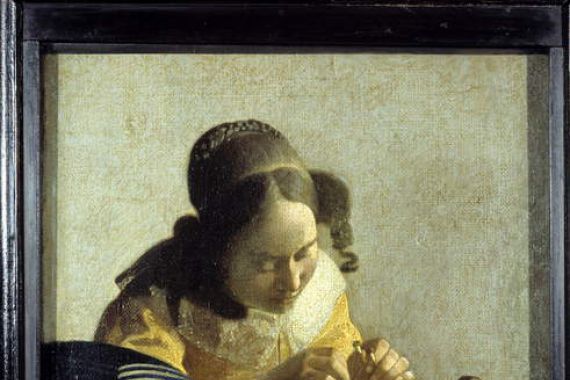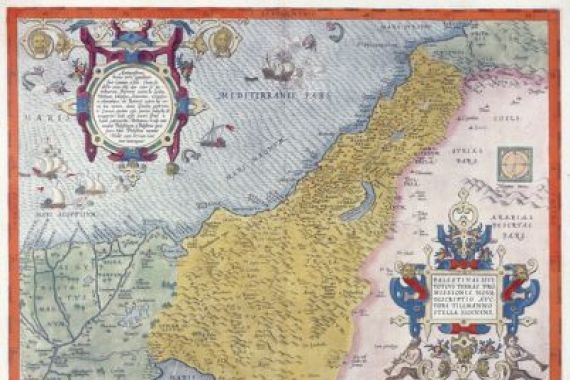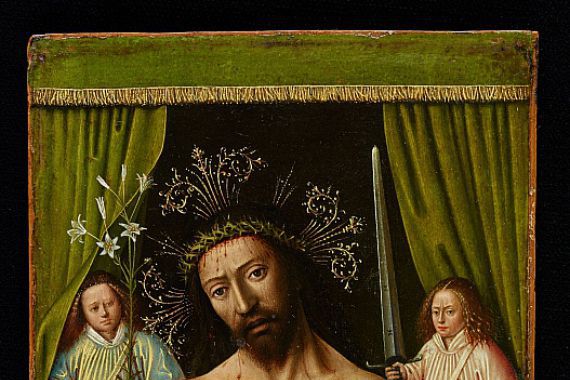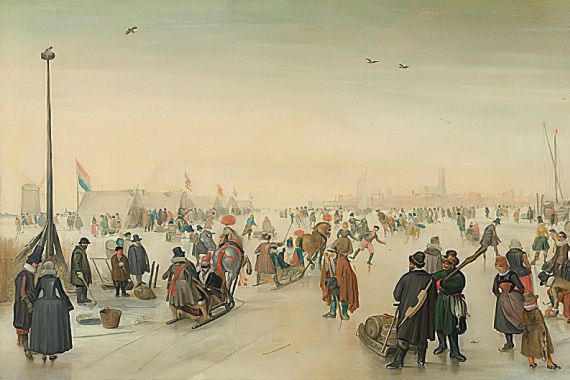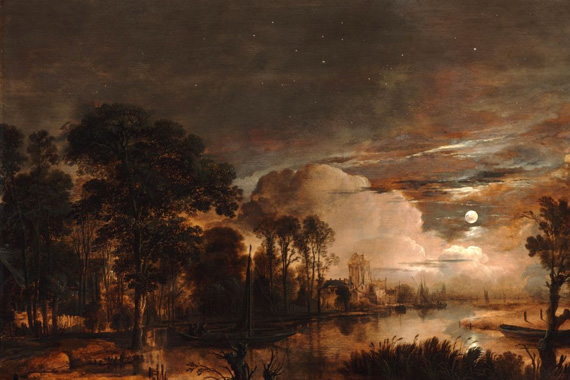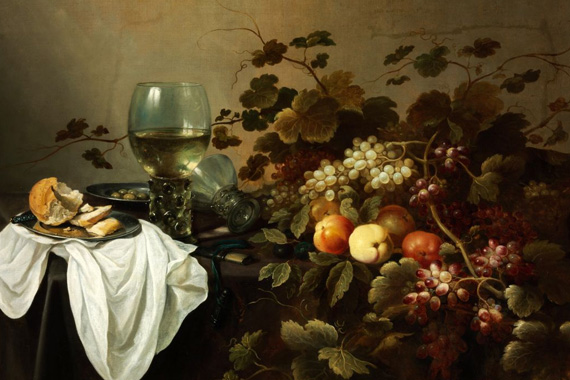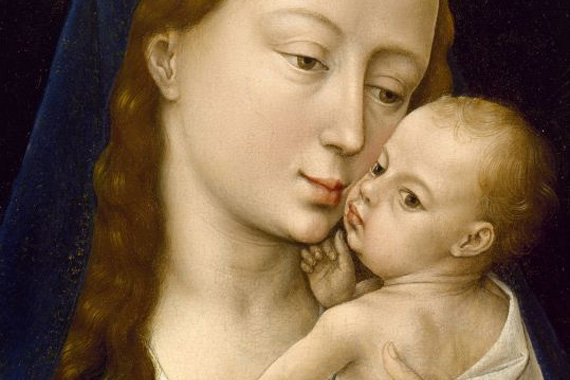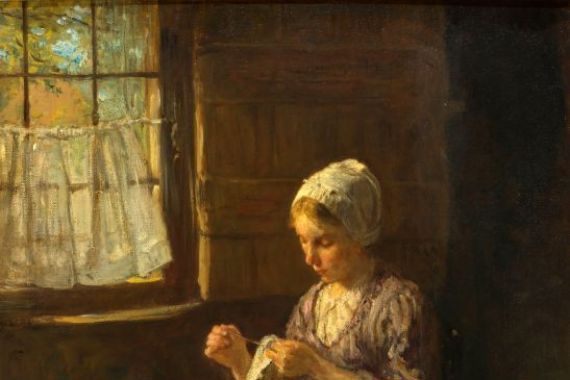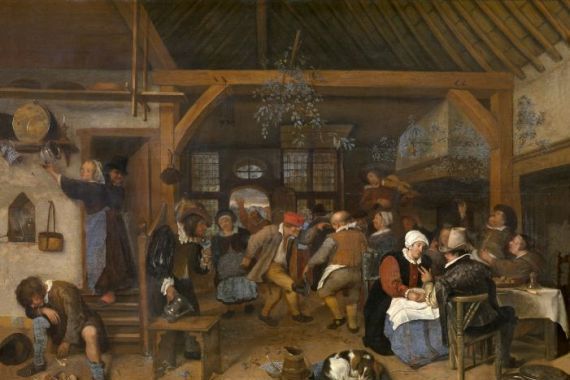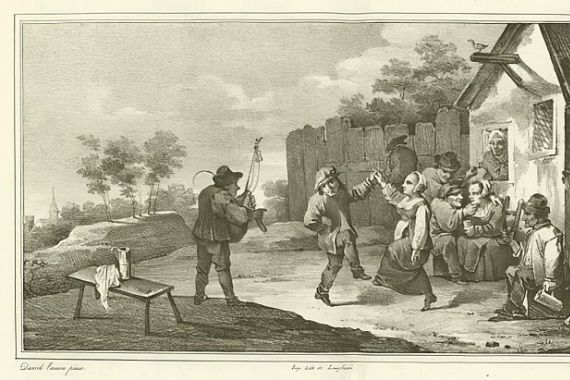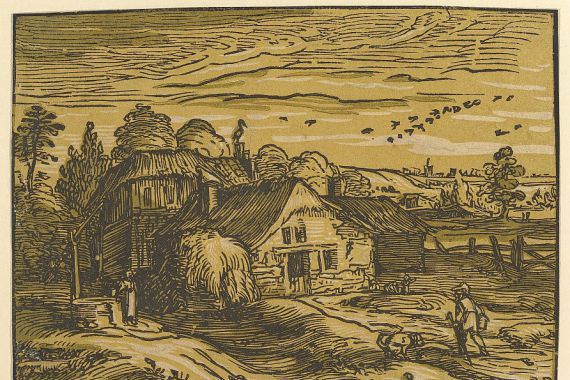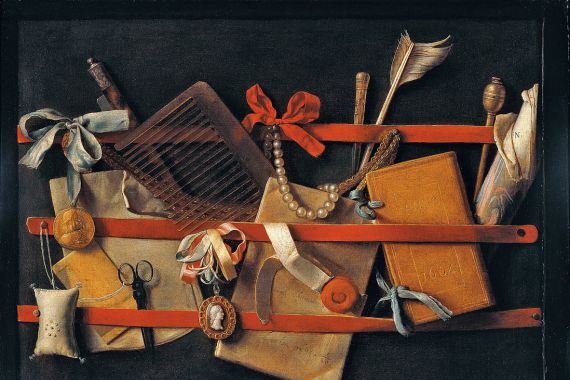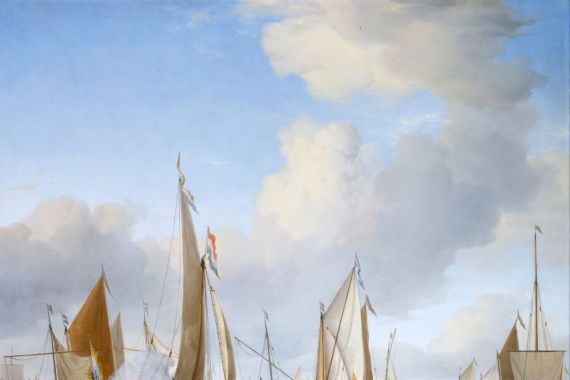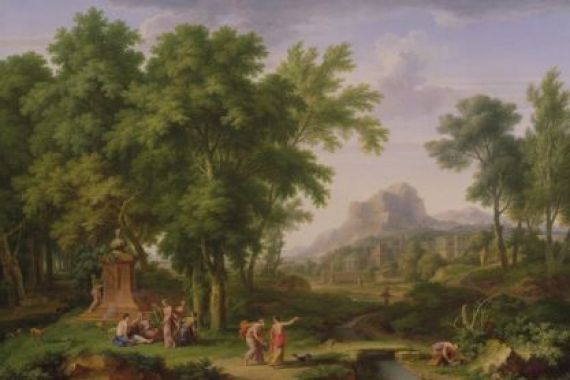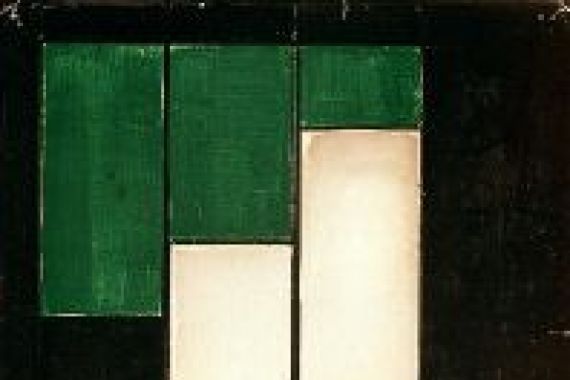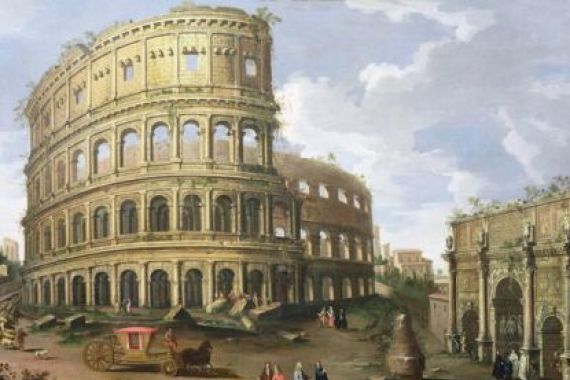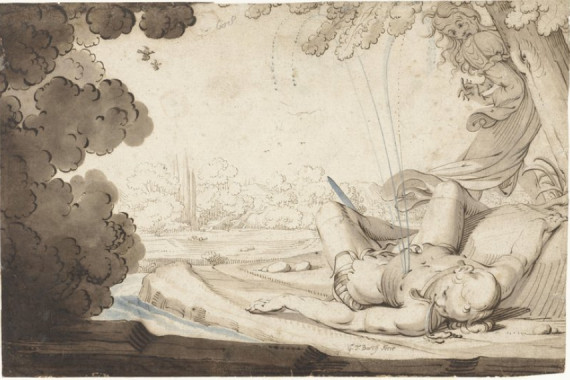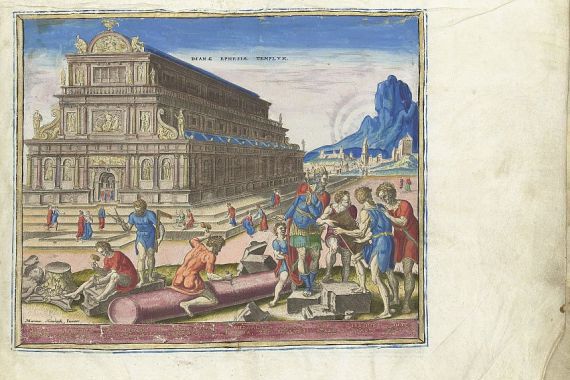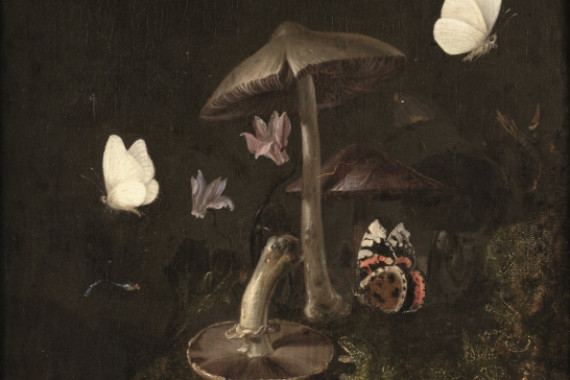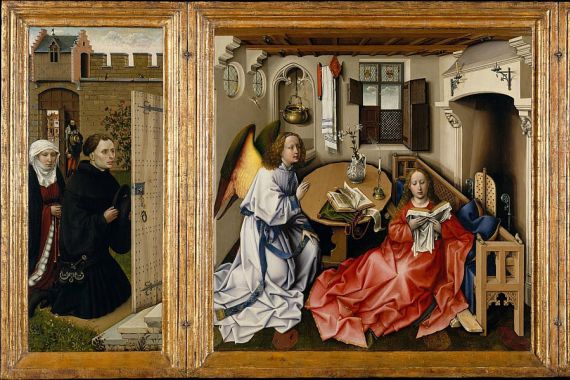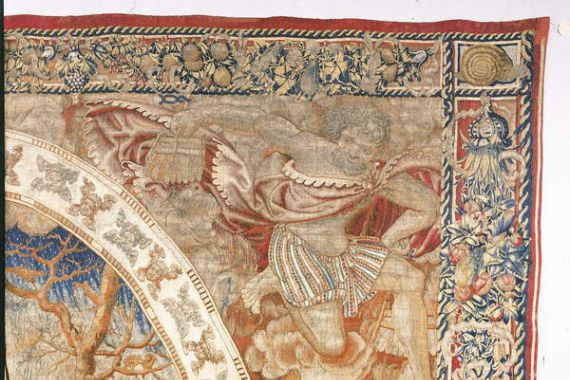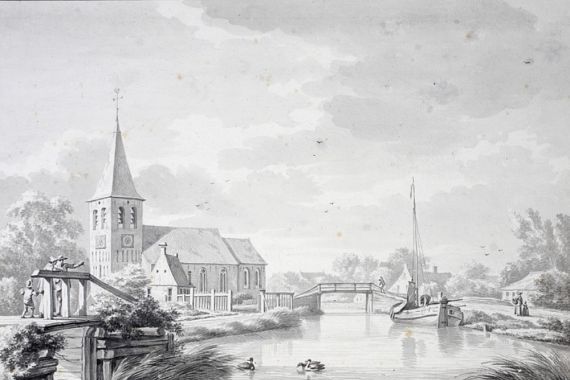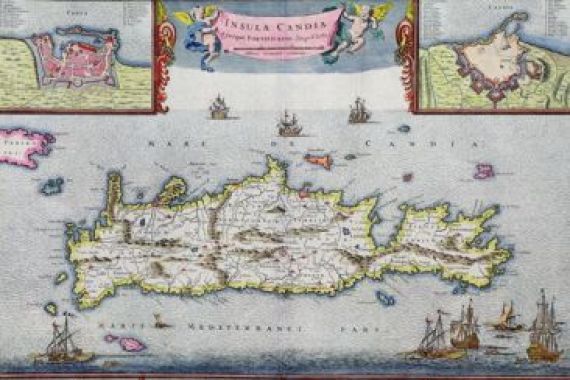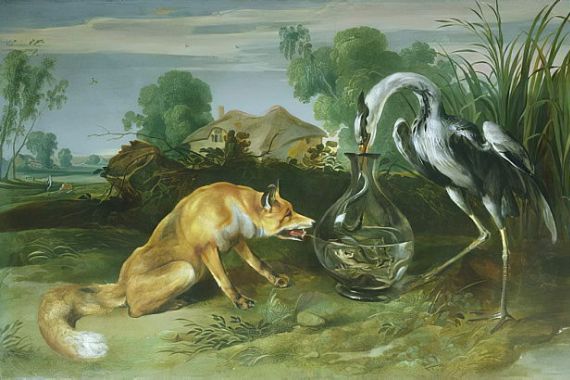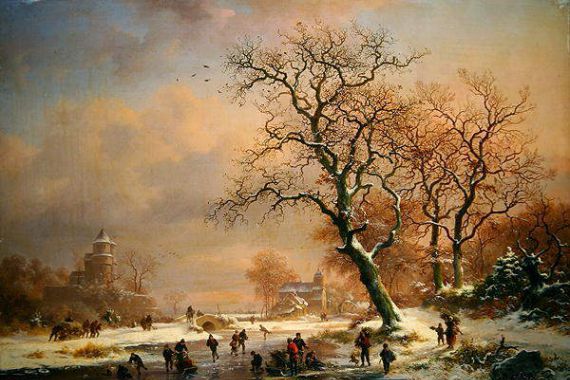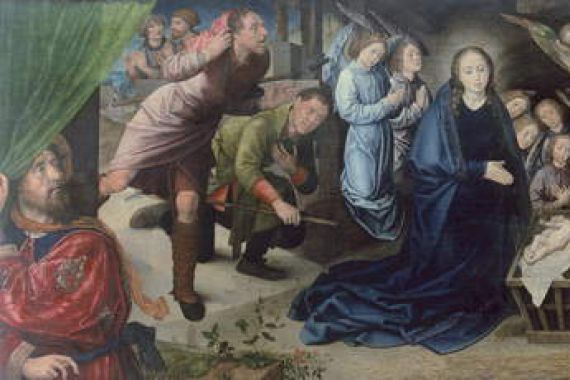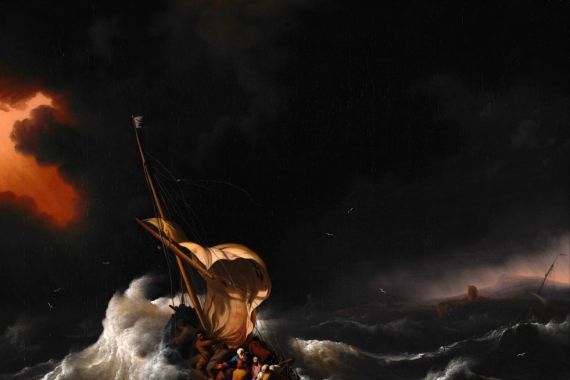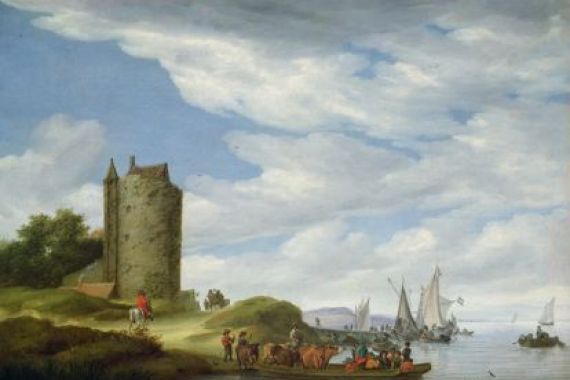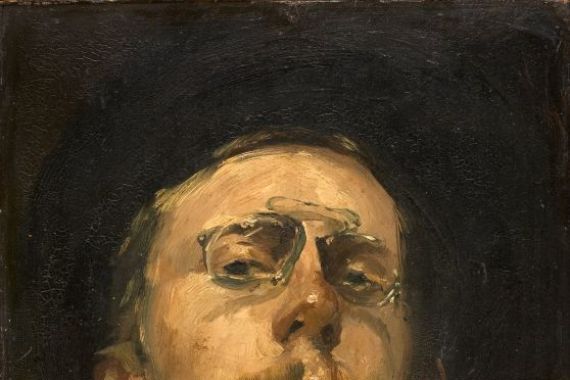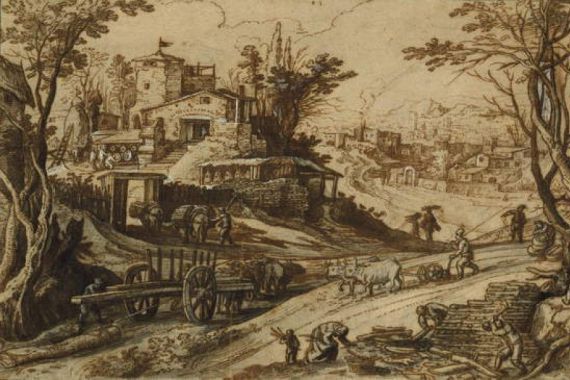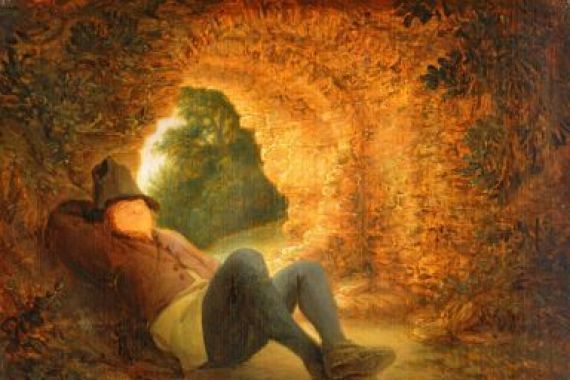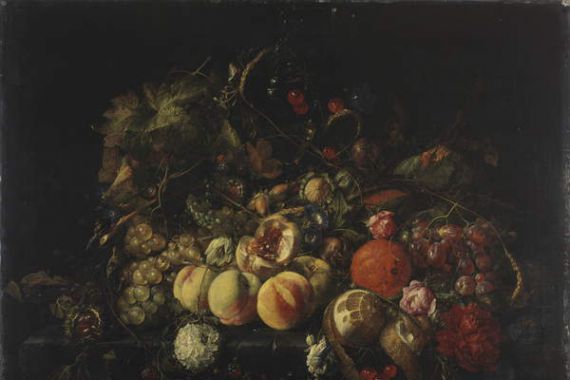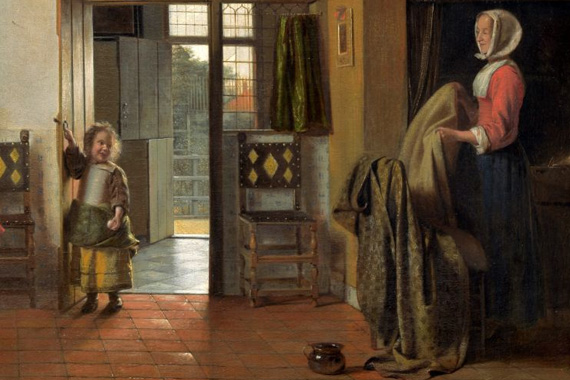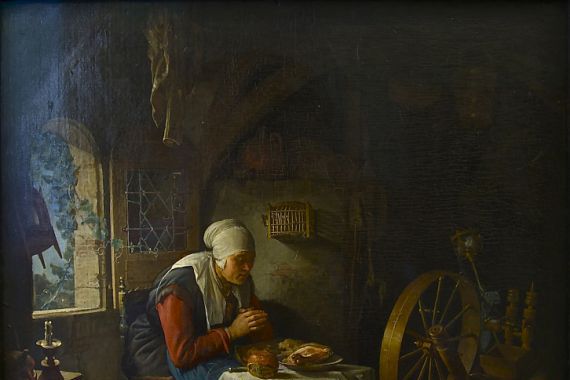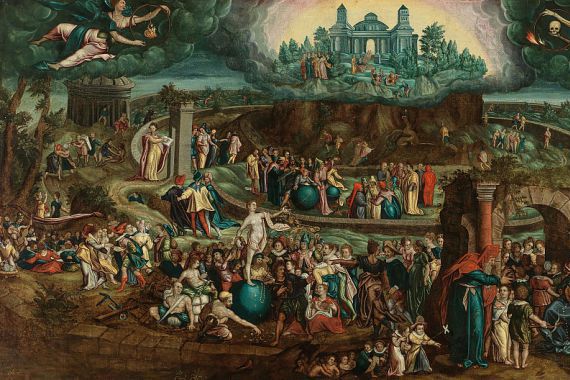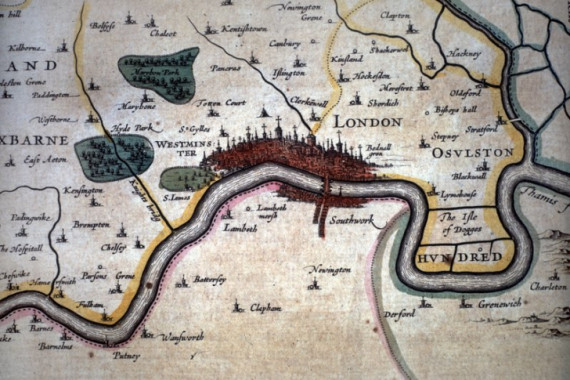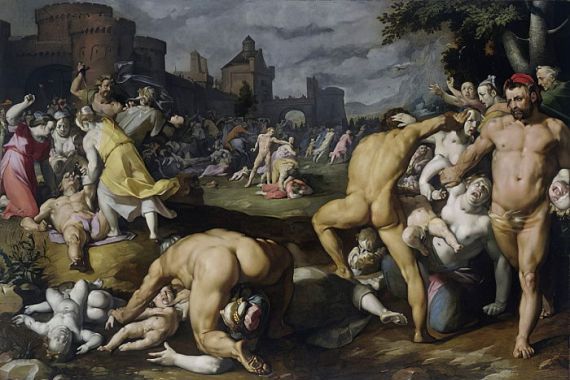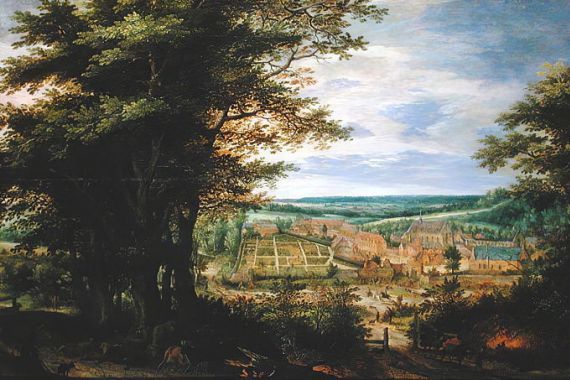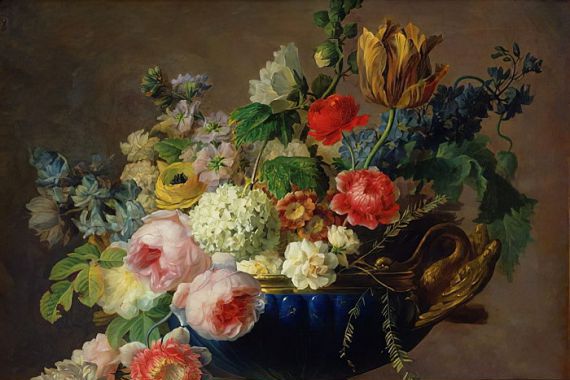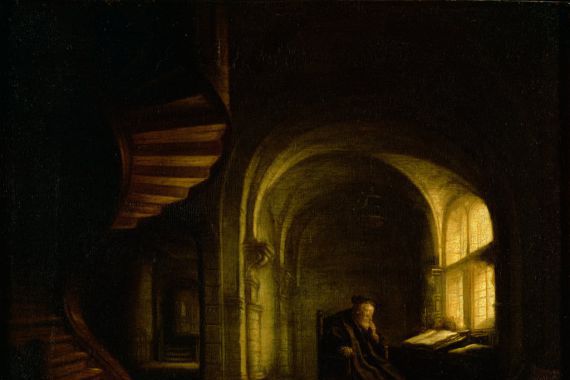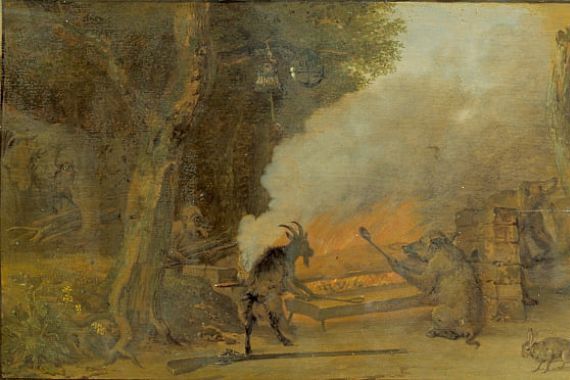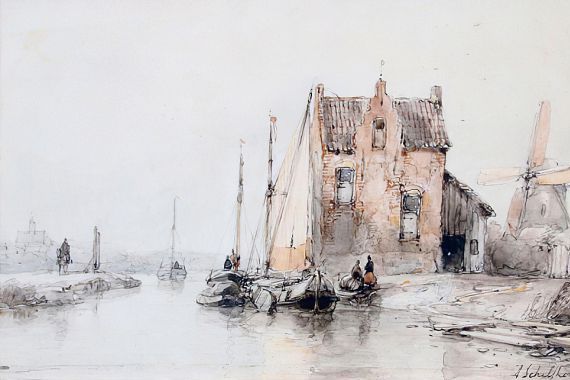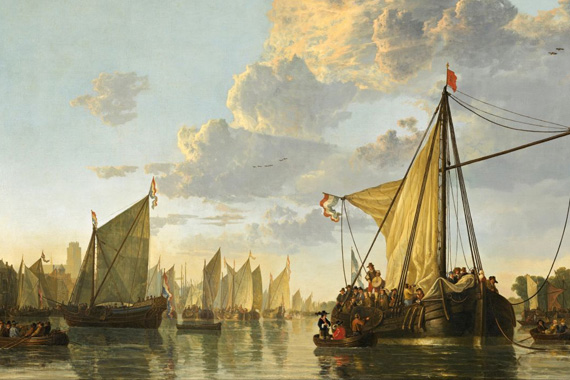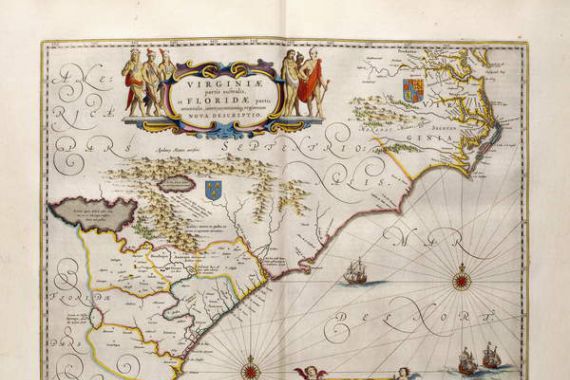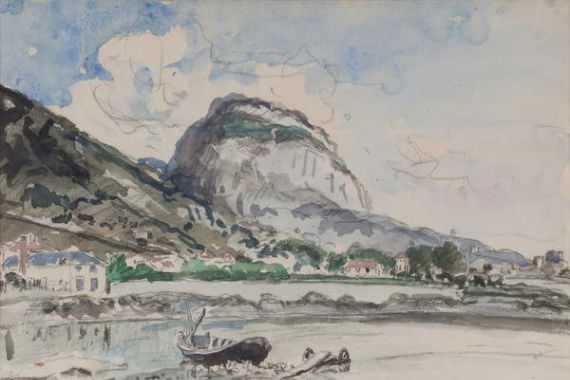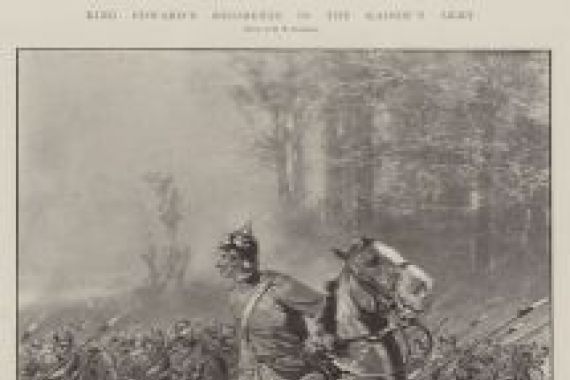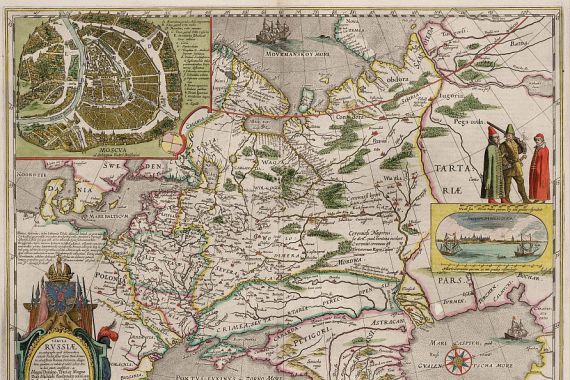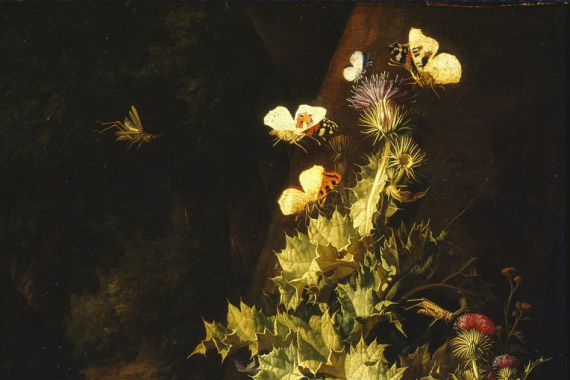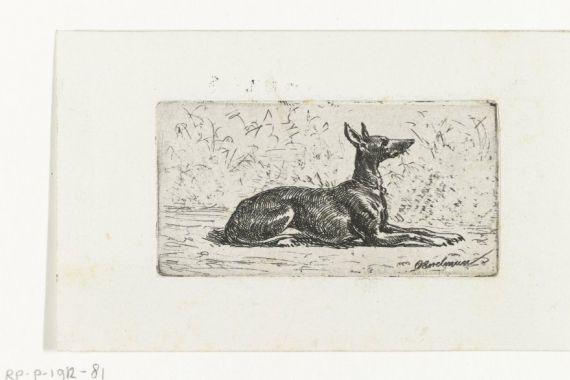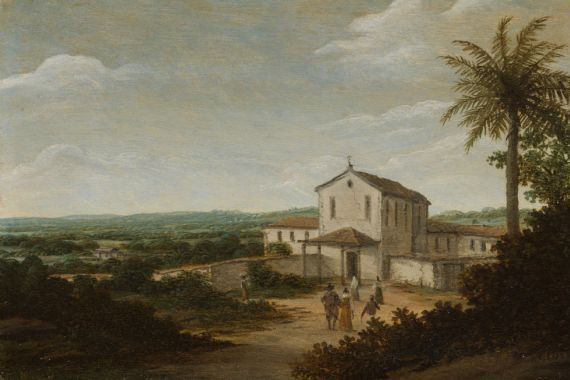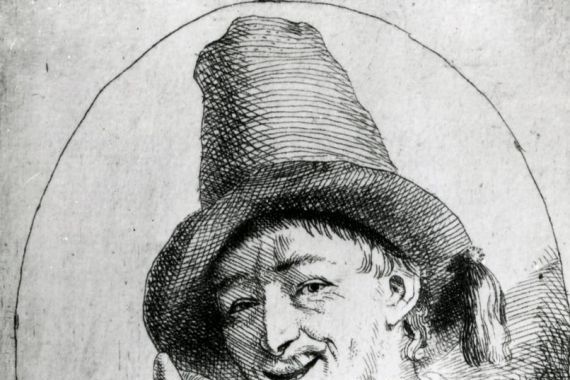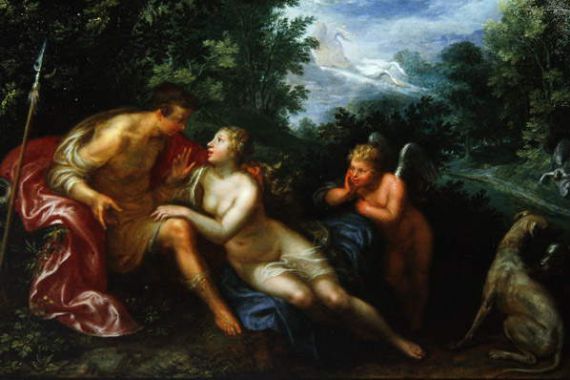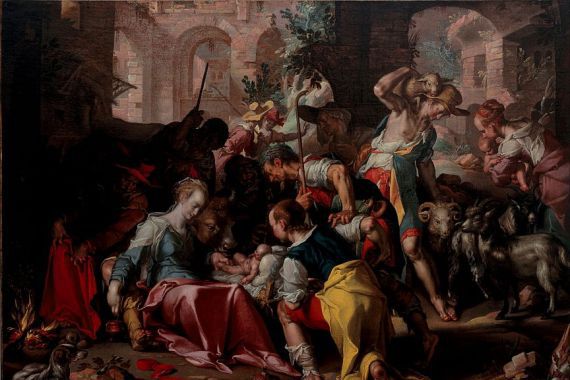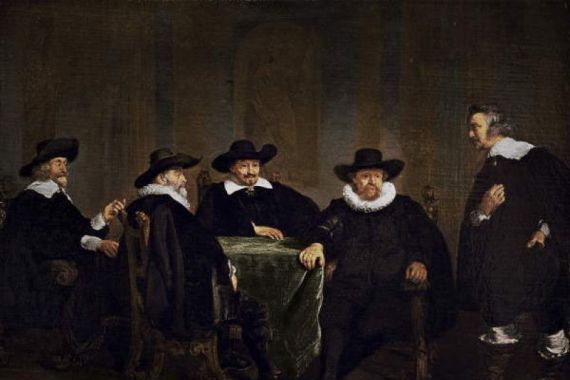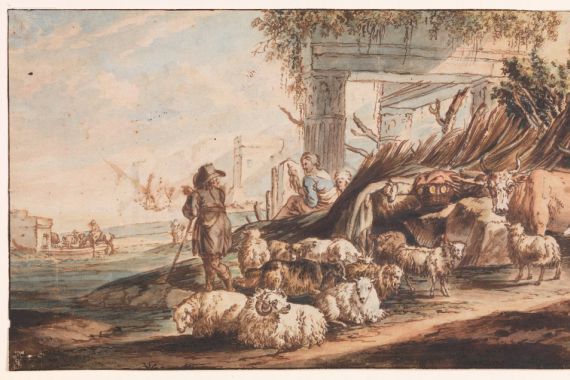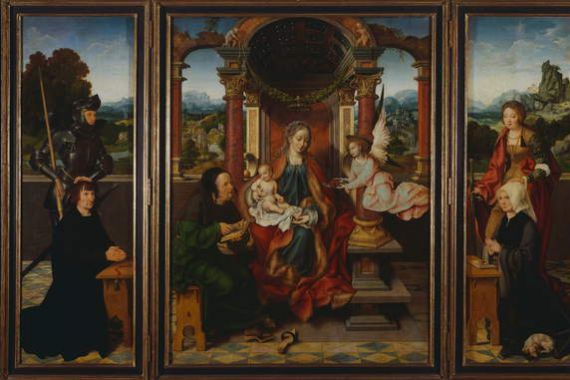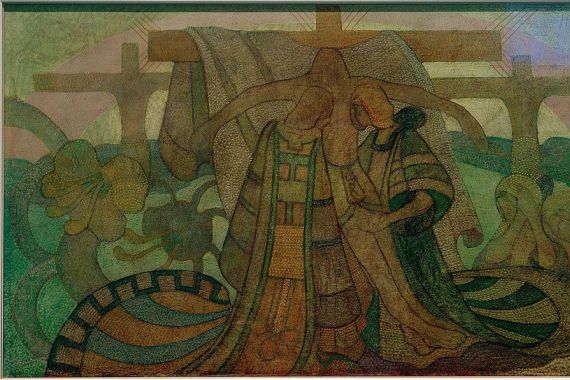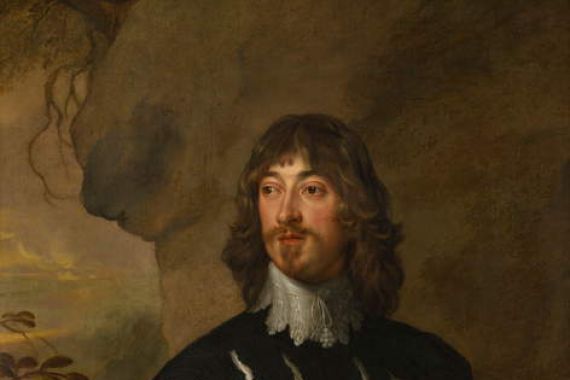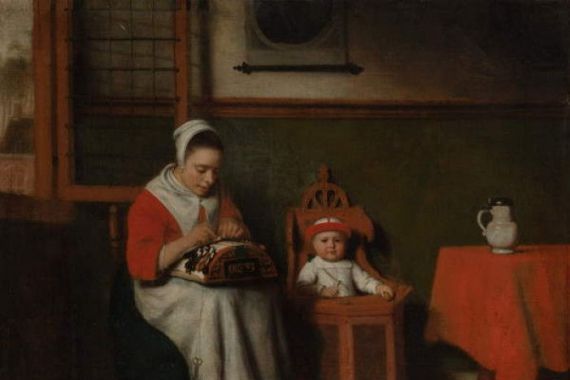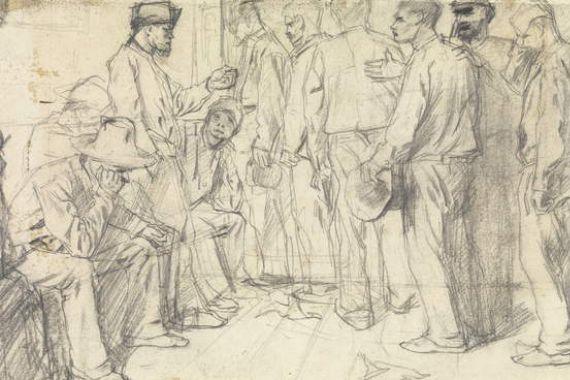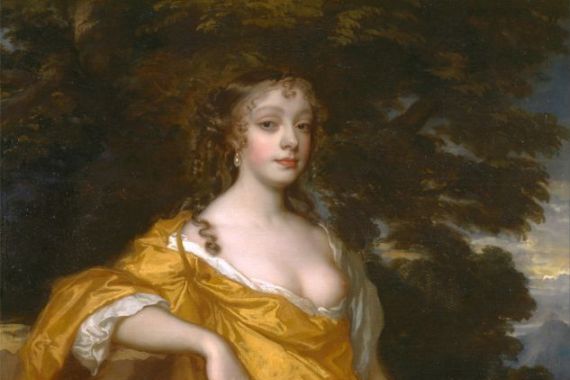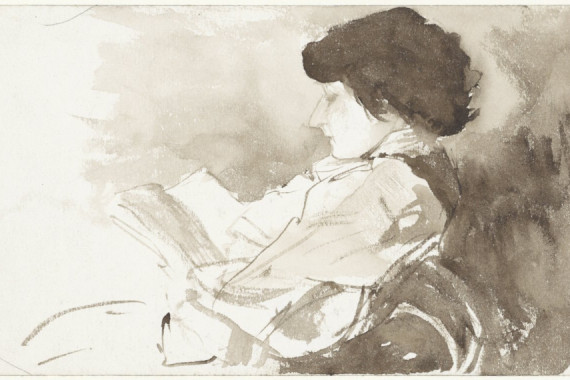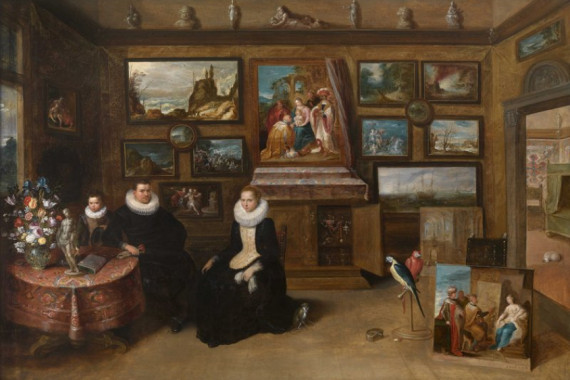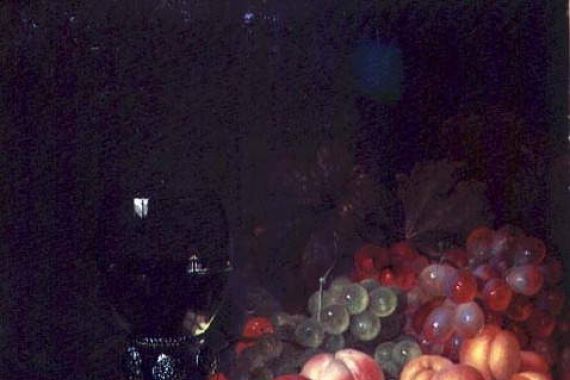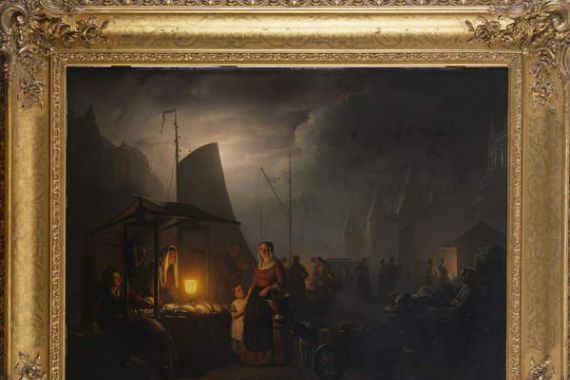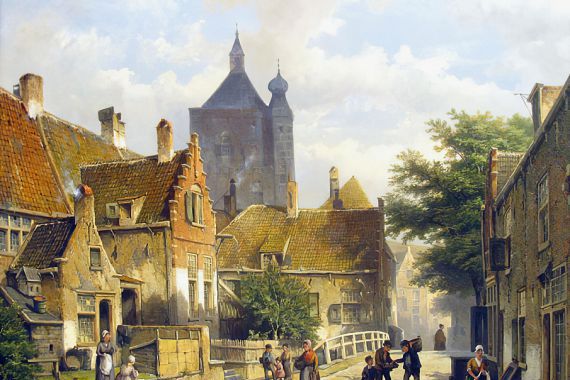A gust of wind sweeps across the wide, flat fields, carrying with it the scent of damp earth and salty North Sea air - and suddenly it seems as if the light itself becomes the colour. Anyone looking at Dutch painting immediately realises that light is the true protagonist here. Unlike in sun-soaked Italy, where Renaissance artists sought drama in marble and frescoes, the Netherlands celebrates the everyday, the unspectacular, life in its quiet nuances. In Vermeer's paintings, for example, in which a ray of sunlight falls through a window and dances on a milk churn, the invisible becomes visible: stillness, concentration, a moment that seems to last forever. The Dutch understood how to capture the unspeakable in colour - not with pathos, but with an almost scientific curiosity for what the eye really sees.
One look at Rembrandt's self-portraits and you can almost feel the rough canvas under your fingertips. His brushstrokes are like traces of a life that is not afraid to show even the shadows. While the French Impressionists later sought the fleetingness of the moment, it was the Dutch masters who captured the interplay of light and dark, of lustre and opacity, in oil much earlier. Rembrandt, but also Frans Hals, Jan Steen or Judith Leyster - they all painted not just faces, but characters, not just scenes, but entire stories, captured in a single, vibrant moment. And then there is the quiet revolution of printmaking: The fine etchings of a Hercules Segers, whose surreal landscapes are still considered harbingers of modernity today, or the masterful copperplate engravings of Rembrandt, who created entire worlds with just a few lines.
But Dutch art is more than just the Golden Age. Anyone strolling through Amsterdam today will encounter the cool clarity of Mondriaan, whose compositions of lines and primary colours seem like an echo of the endless canals and fields - reduced to the essentials, yet full of rhythm. The photography, from Ed van der Elsken to Rineke Dijkstra, captures life in the streets, on the beaches, in the faces of the people - direct, honest, sometimes unsparing. And that special light that makes the Netherlands so unique appears again and again: a light that does not dazzle, but reveals. When you look at an art print from the Netherlands, you are not just holding a picture in your hands, but a piece of atmosphere, a breath of wind, a drop of rain on window glass - and perhaps even a moment of eternity.
A gust of wind sweeps across the wide, flat fields, carrying with it the scent of damp earth and salty North Sea air - and suddenly it seems as if the light itself becomes the colour. Anyone looking at Dutch painting immediately realises that light is the true protagonist here. Unlike in sun-soaked Italy, where Renaissance artists sought drama in marble and frescoes, the Netherlands celebrates the everyday, the unspectacular, life in its quiet nuances. In Vermeer's paintings, for example, in which a ray of sunlight falls through a window and dances on a milk churn, the invisible becomes visible: stillness, concentration, a moment that seems to last forever. The Dutch understood how to capture the unspeakable in colour - not with pathos, but with an almost scientific curiosity for what the eye really sees.
One look at Rembrandt's self-portraits and you can almost feel the rough canvas under your fingertips. His brushstrokes are like traces of a life that is not afraid to show even the shadows. While the French Impressionists later sought the fleetingness of the moment, it was the Dutch masters who captured the interplay of light and dark, of lustre and opacity, in oil much earlier. Rembrandt, but also Frans Hals, Jan Steen or Judith Leyster - they all painted not just faces, but characters, not just scenes, but entire stories, captured in a single, vibrant moment. And then there is the quiet revolution of printmaking: The fine etchings of a Hercules Segers, whose surreal landscapes are still considered harbingers of modernity today, or the masterful copperplate engravings of Rembrandt, who created entire worlds with just a few lines.
But Dutch art is more than just the Golden Age. Anyone strolling through Amsterdam today will encounter the cool clarity of Mondriaan, whose compositions of lines and primary colours seem like an echo of the endless canals and fields - reduced to the essentials, yet full of rhythm. The photography, from Ed van der Elsken to Rineke Dijkstra, captures life in the streets, on the beaches, in the faces of the people - direct, honest, sometimes unsparing. And that special light that makes the Netherlands so unique appears again and again: a light that does not dazzle, but reveals. When you look at an art print from the Netherlands, you are not just holding a picture in your hands, but a piece of atmosphere, a breath of wind, a drop of rain on window glass - and perhaps even a moment of eternity.
×




